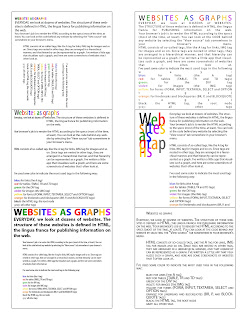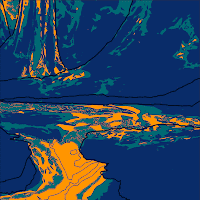*** PDF: Expanded Narrative Storyboard
Responses:
What is Interaction Design?
I enjoyed the article’s take on the changing focus of interaction design from technological capabilities to ideal interfaces. He raised a lot of points and I felt like while I was reading I was just trying to digest the categories and lists into smaller chunks.
Usability, utility, satisfaction, communicative, sociability. Of this list, I think I understand the last element the least. There was one paragraph on it basically saying “people need to socialize”, but compared the the other points it didn’t hot home with me.
In a lot of ways, while learning how to design technology, it’s easy to fall into asking what can you build rather than what your users want to do. This might be related to the growth of the medium as well as the learning curve of those involved.
Symbolic and practical functions as both valid parts of the whole was one interesting point brought up.
Implicit meaning reminded me of intuitive learning from the text on Will Wright, adding these two concepts together is very interesting for me along with the concept of reassuring feedback. The mouse “hover” over links is an example of common feedback that you don’t notice too much until it’s gone. Suddenly it becomes much harder to pick out your options.
People and Prototypes
What I found most interesting here were the diagrams dividing design into different disciplines. I don’t think I’m a designer using the unconscious mind to deal with expansive constraints yet. From the way the author describes the many problems design needs to be constrained by, it feels like less of a foundation and more like a bed of nails.
I can’t find all that much more to say about this one.
Will Wright the Sims
I wonder how many people did not choose to read about Will Wright?
I enjoyed how out of the box he was, he seems to have a very interesting viewpoint that makes the unexpected seem really to have made sense since the beginning. He talks about issues with the peaks of popularity attracting more games leaving the rest of the map unexplored, but having grown up on games from those peaks, I find it really hard to get as much of an outsider view as might be needed to create and market a game that wasn’t all Story and Plot, Skill and Achievement and Strategy and Consequences.
I liked the idea of a player becoming the game’s curator due to choices. It also reminds me of how user generated content has been nerfed quite a bit in the sims3, there are user-made porn-packs for both Sims 1 and 2, but because of the way the Sims 3 is set-up, creating full mods is more difficult (there are a few, but they mostly alter game-play mechanics and not the models directly), while creating sanctioned content is fairly easy, with built in online sharing.
Creating a game where failure is enjoyable is an interesting goal. It sounds like one way to think outside the box is to really observe people at play.
The article presents really simple but insightful instructions on how users learn a game/interface: How to play/act/move, discover the failure states, then slowly learn how to thrive. Mapping complex things into your instincts and your intuition makes sense, but I never thought of it that way for controls: finding intuitive associations between very different phenomena could allow people to easily control something generally seen as complicated…
Soil, seeds, flowers and weeds…
"What is the simplest possible system that I can build that for you is going to decompress into the most elaborate set of possibilities?"










